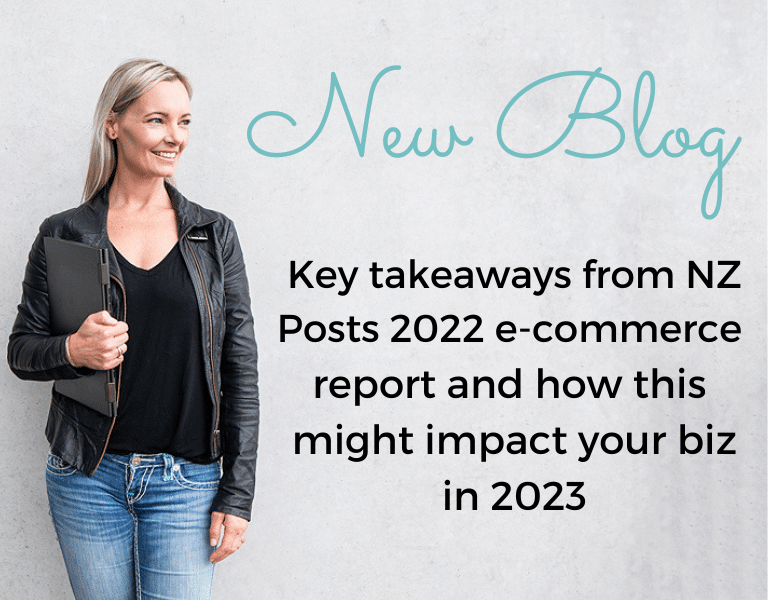Cookies are Crumbling: Is Your Advertising Ready?

Digital advertising has seen some huge shifts in recent years. For years, businesses have relied on “cookies” – small data files that track user activity across websites – to target ads and measure results. These digital breadcrumbs have been the foundation of online advertising, allowing companies to follow potential customers across the internet and deliver personalised ads.
Now, privacy regulations, browser updates, and consumer preferences are eliminating or restricting these tracking capabilities. Google Chrome (with over 60% of the global browser market) is phasing out third-party cookies, following Firefox and Safari’s lead. Apple’s privacy changes have already limited tracking across mobile apps.
This isn’t just a technical shift – it’s a strategic business opportunity that will reshape how you connect with customers.
The Bottom Line for Your Business
Trust is becoming a competitive advantage. 87% of consumers won’t do business with companies they don’t trust with their data¹, and businesses adapting to privacy changes are seeing up to 30% more efficient marketing spend².
Three Strategic Shifts Worth Making
1. Prioritise Direct Customer Relationships
The most valuable information now comes straight from your customers – when they visit your website, make purchases, or join your email list. This customer data (also known as first party data) will become your most powerful marketing asset.
Companies using this approach see twice the return compared to old tracking methods³. The key is creating meaningful exchanges where customers willingly share information because they receive clear value.
What matters most:
- Building quality email and contact lists
- Creating valuable customer accounts and experiences
- Developing loyalty systems that benefit both sides
2. Context Matters More Than Tracking
At Aligned Media, we’re seeing excellent results by placing ads in environments where your ideal customers naturally spend time, rather than following them around the internet.
This contextual approach is gaining traction across industries with a 34% increase in adoption⁴, and our clients see significantly higher engagement and conversion rates⁵.
The strategic advantage:
- Your brand appears in relevant, quality environments
- You respect customer privacy while maintaining effectiveness
- You build positive brand associations through careful placement
3. Measuring What Actually Matters
The old methods of tracking every customer click across the internet are disappearing, but this is pushing businesses toward better measurement approaches focused on actual business outcomes.
Forward-thinking companies using these new measurement methods see 31% higher return on their advertising investment⁶.
The big picture:
- Focus on business results, not vanity metrics
- Use more sophisticated modeling to understand what’s working
- Maintain customer trust while still measuring performance
Expert Partnership Advantage
Leading businesses are turning to specialised partners to navigate these changes. Companies working with digital advertising experts implement new strategies 2.5x faster than those trying to manage everything in-house⁷.
The businesses that will thrive aren’t the ones with the most invasive tracking – they’re the ones building genuine customer connections based on value and trust.
Is your business positioned to turn these privacy changes into a competitive advantage?
Let’s talk about how Aligned Media can help streamline your approach.
Sources:
¹ McKinsey & Company, “The demise of third-party cookies and identifiers,” 2024 (US/Global data)
² Gartner, “Privacy Trends Report,” 2023 (Global data)
³ Google Privacy Sandbox, “Measuring digital ads in a privacy-first world,” 2023 (Global data)
⁴ IAB, “State of Data Report,” 2024 (US data)
⁵ IAS Research, “Contextual Targeting in a Cookieless Future,” 2023 (US/UK data)
⁶ Nielsen, “The Future of Measurement,” 2023 (Global data)
⁷ Deloitte, “Digital Media Trends Survey,” 2024 (US/Global data)
Note: Most data represents global or US markets. While specific NZ figures may vary, these international trends are consistent with patterns we’re observing in the New Zealand business landscape.






